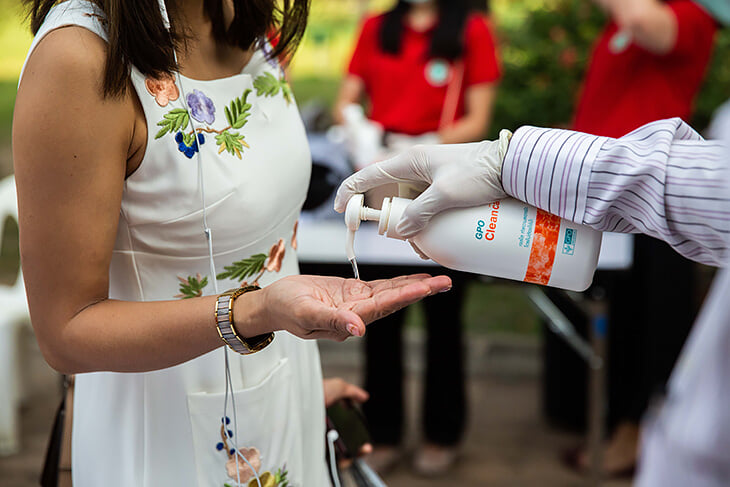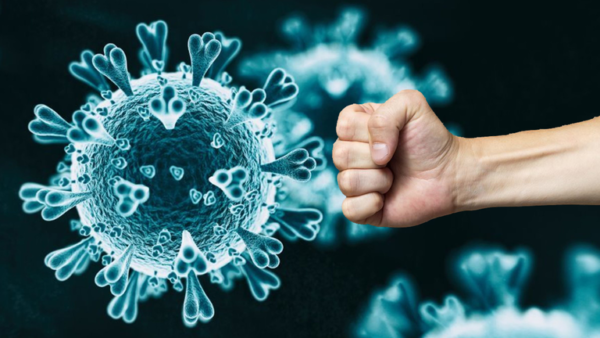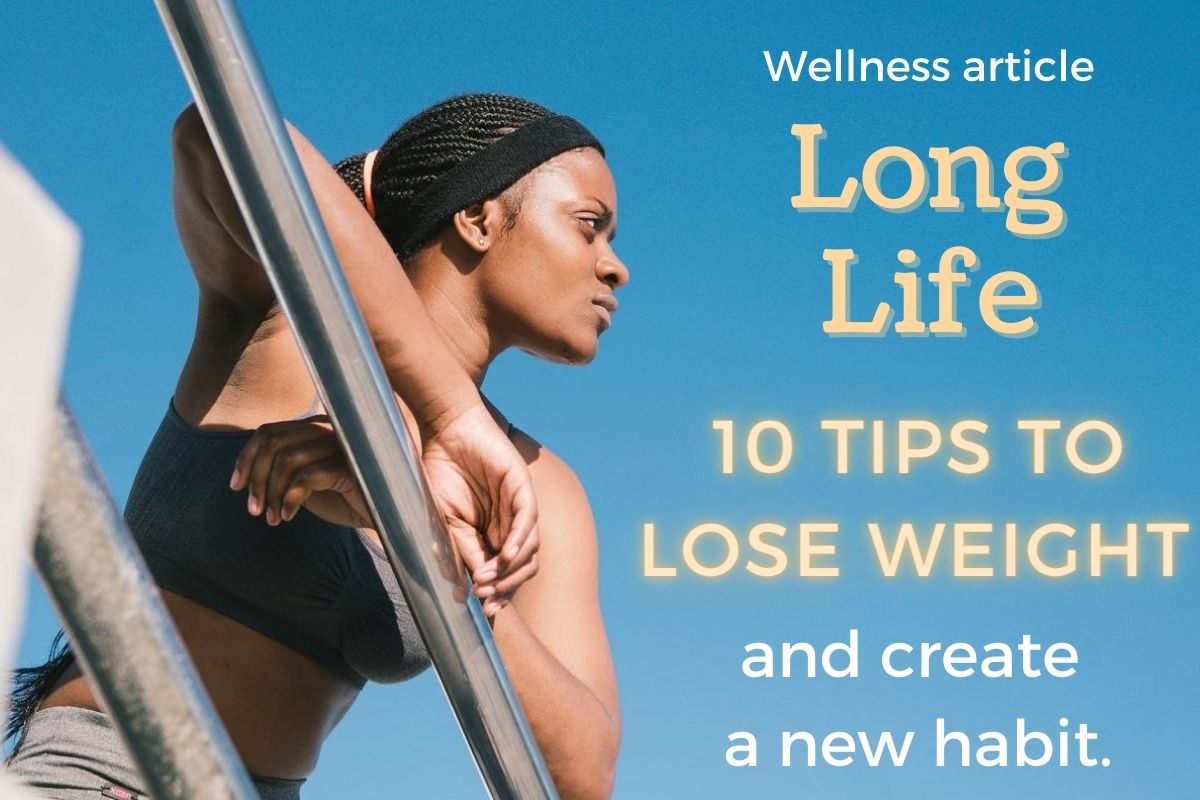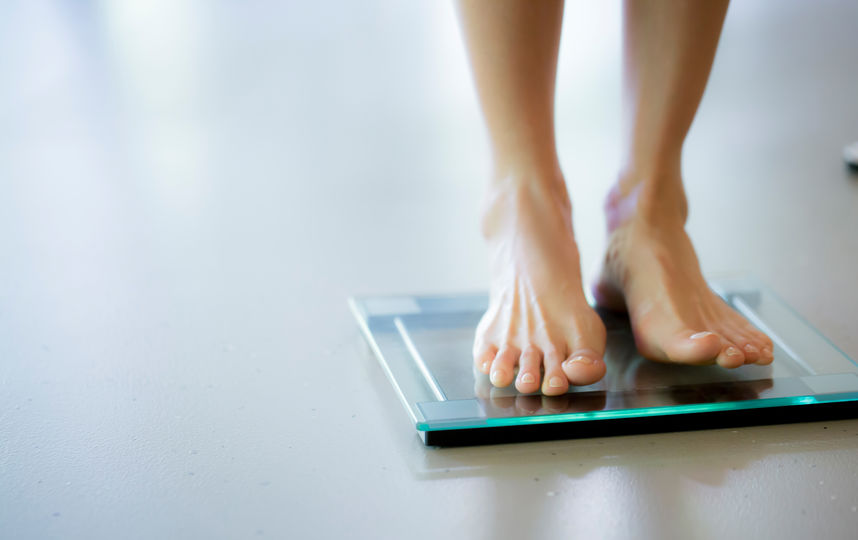Dr. James Robb, a pathologist formerly at UC San Diego, has compiled a list of seven precautions to guard against exposure to the COVID-19 (coronavirus) pandemic.
They are:
1. Don’t shake hands. Use a fist bump, slight bow, elbow bump, etc.

2. Use only your knuckle to touch light switches, elevator buttons, etc. Lift the gasoline dispenser with a paper towel or use a disposable glove.
3. Open doors with your closed fist or hip — do not grasp the handle with your hand, unless there is no other way to open the door. This is especially important on the bathroom and post office/commercial doors.
4. Use disinfectant wipes at the stores when they are available, including wiping the handle and child seat in grocery carts.
5. Wash your hands with soap for 20 seconds and/or use a greater than 60% alcohol-based hand sanitizer whenever you return home from any activity that involves locations where other people have been.
6. Keep a bottle of sanitizer available at each of your home’s entrances, and in your car for use after getting gas or touching other contaminated objects when you can’t immediately wash your hands.
7. If possible, cough or sneeze into a disposable tissue and discard. Use your elbow only if you have to. The clothing on your elbow will contain an infectious virus that can be passed on for up to a week or more.
Additionally, Robb recommends stocking up on latex or nitrile latex disposable gloves, disposable surgical masks, hand sanitizers, and zinc lozenges (buy on Amazon), which have been proven to be effective in blocking coronavirus from multiplying in your throat and nasopharynx.
Robb notes this virus is spread in large droplets by coughing and sneezing. All surfaces where the droplets land are infectious for about a week on average.

When Robb was a professor of pathology at the University of California San Diego, he writes he was one of the first molecular virologists in the world to work on coronaviruses (in the 1970s). He was the first to demonstrate the number of genes the virus contained. Since then, he writes he has kept up with the coronavirus field and its multiple clinical transfers into the human population (e.g., SARS, MERS), from different animal sources.



